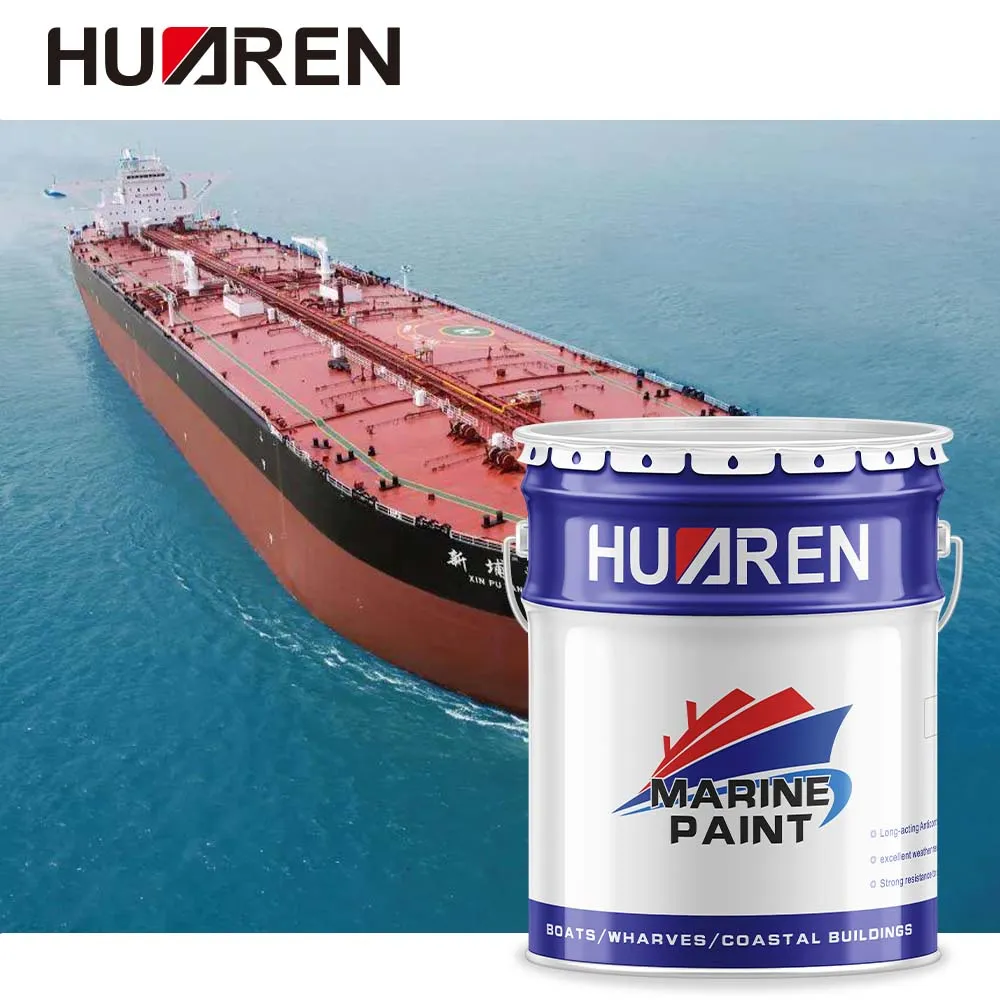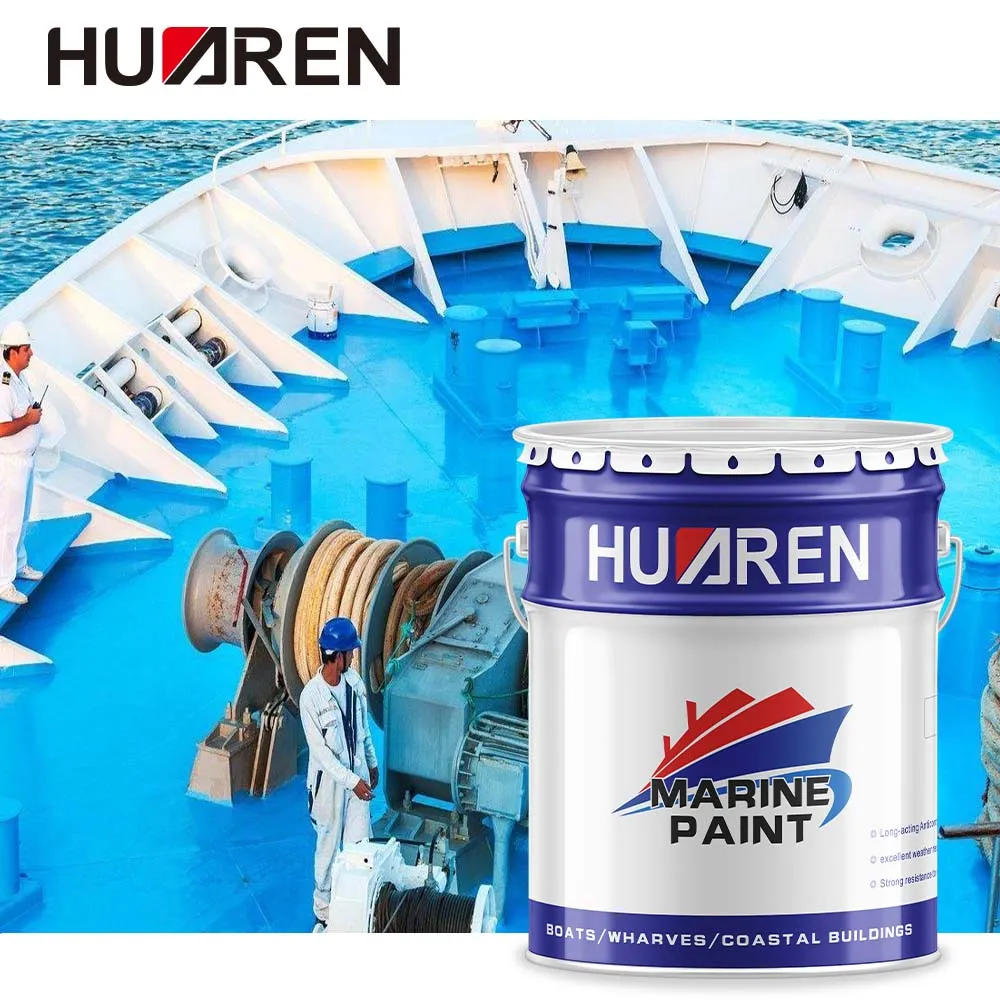Vessels sailing in the ocean, whether for commercial, military or leisure purposes, face a common challenge: marine biofouling and corrosion. These problems not only damage the hull, but also affect the performance of the ship, increase operating costs, and have an adverse impact on the environment. These problems will become more serious if the hull is not effectively treated with antifouling.

What is the importance of ship antifouling?
When ships sail in the ocean, they are constantly in contact with seawater, which contains a variety of marine organisms and salt. These marine organisms, such as barnacles, seaweed, shellfish, etc., will gradually attach to the surface of the hull, forming a thick layer of biofouling. This process is called biofouling. Biofouling not only increases the weight of the hull, but also increases the resistance of the hull, resulting in an increase in fuel consumption and a decrease in speed.
Specifically, biofouling may cause the following serious problems:
1. Increased fuel consumption: Biofouling increases the resistance of the hull, requiring the ship to consume more fuel to maintain the same speed during navigation. According to statistics, for every 10% increase in fouling on the hull surface, fuel consumption may increase by up to 40%. For ocean-going ships, this means huge additional costs.
2. Reduced speed: Due to the increase in hull resistance, the maximum speed of the ship will be reduced. This is particularly disadvantageous for commercial ships, because the reduction in speed means an increase in transportation time, which affects the efficiency of cargo delivery.
3. Reduced ship maneuverability: Biofouling also affects the maneuverability of the ship, especially when traveling at low speeds. This may make it more difficult for ships to enter and exit ports, increasing the risk of collisions and other accidents.
4. Damage to hull structure: Some marine organisms, such as barnacles and shellfish, can cause physical damage to the surface of the hull through their hard shells or attachment methods. This damage will cause structural damage to the hull over time, increasing the cost of maintenance and repair.
5. Affect the appearance and aesthetics of the ship: Biofouling not only leads to reduced performance, but also makes the appearance of the ship ugly. This is especially important for private yachts or luxury cruise ships, because the aesthetics of the appearance directly affects their market value and customer experience.

What kind of paint needs to be used for painting?
To prevent biofouling, ships usually use antifouling paints to protect the hull. These paints contain special chemicals that can effectively prevent marine organisms from attaching to the surface of the hull, thereby keeping the hull clean and smooth.
1. Choose the right antifouling paint: There are a variety of antifouling paints available on the market, and different paints are suitable for different types of ships and sailing environments. Common antifouling paints include self-polishing paints (SPC), non-fouling paints, and biocidal paints.
● Self-polishing paint (SPC): This paint gradually releases active substances through contact with seawater, thereby preventing the attachment of marine organisms. SPC paint has a long service life and is suitable for ships with long voyages.
● Non-fouling paint: This paint makes it difficult for marine organisms to attach to the hull by forming a smooth surface. Non-fouling paints are usually suitable for ships with short or medium-term voyages.
● Biocidal paint: This paint contains biocides that can directly kill marine organisms that try to attach, thereby preventing biofouling. Biocidal paints are usually suitable for ships in high-risk areas or ships that are anchored for a long time.
2. Proper application of antifouling paint: The application process of antifouling paint is also crucial. Before application, the hull needs to be thoroughly cleaned to ensure that there is no residue or dirt on the surface. During the application process, it is necessary to ensure that the paint evenly covers the entire hull, especially the parts that are susceptible to biological adhesion, such as the bottom of the ship and near the waterline.
3. Regular maintenance and re-application: Even if a high-quality antifouling paint is used, the hull needs to be inspected and maintained regularly. Over time, the effectiveness of the paint may weaken, so regular re-application is required to ensure the continued protection of the hull.

What happens if your ship is not treated for antifouling?
If the ship is not properly treated for antifouling, biofouling will accumulate rapidly, bringing a series of negative effects. Here are some typical consequences of not treating antifouling:
1. Increased operating costs: As fuel consumption increases, the operating costs of the ship will rise significantly. This is undoubtedly a huge financial burden for shipping companies.
2. Reduced transportation efficiency: The reduction in speed will directly affect the transportation efficiency of goods, resulting in delayed delivery time. This will not only affect customer satisfaction, but may also lead to contract breaches or fines.
3. Increased safety hazards: Due to the decline in maneuverability, the safety of ships in narrow waters or ports will be threatened. The risk of collision accidents increases, which may lead to serious economic losses and environmental pollution.
4. Rising hull repair costs: Damage to the hull structure caused by biofouling requires frequent repairs and maintenance, which further increases the maintenance costs of ships.
5. Environmental impact: Biofouling may also lead to the spread of non-native species, which poses a threat to the marine ecosystem. Ships that are not treated with antifouling may become carriers of these species, causing them to reproduce rapidly in new environments and cause damage to local ecosystems.

Summary
Ship antifouling treatment is not only a key means to ensure ship performance and reduce operating costs, but also an important measure to protect the marine environment. By using suitable antifouling paints and performing regular maintenance, ship owners and shipping companies can effectively prevent biofouling and keep ships in the best condition.
However, antifouling treatment is not a one-time job, but a process that requires continuous attention and regular maintenance. Only in this way can ships maintain their advantages in fierce competition and contribute to the sustainable development of the shipping industry.
In short, ships without anti-fouling treatment will face many challenges and risks, but through proper anti-fouling treatment, these problems can be greatly reduced, ensuring the safety, economy and environmental protection of ships. This is not only a protection for ships, but also a long-term commitment to the entire shipping industry and the marine environment.

